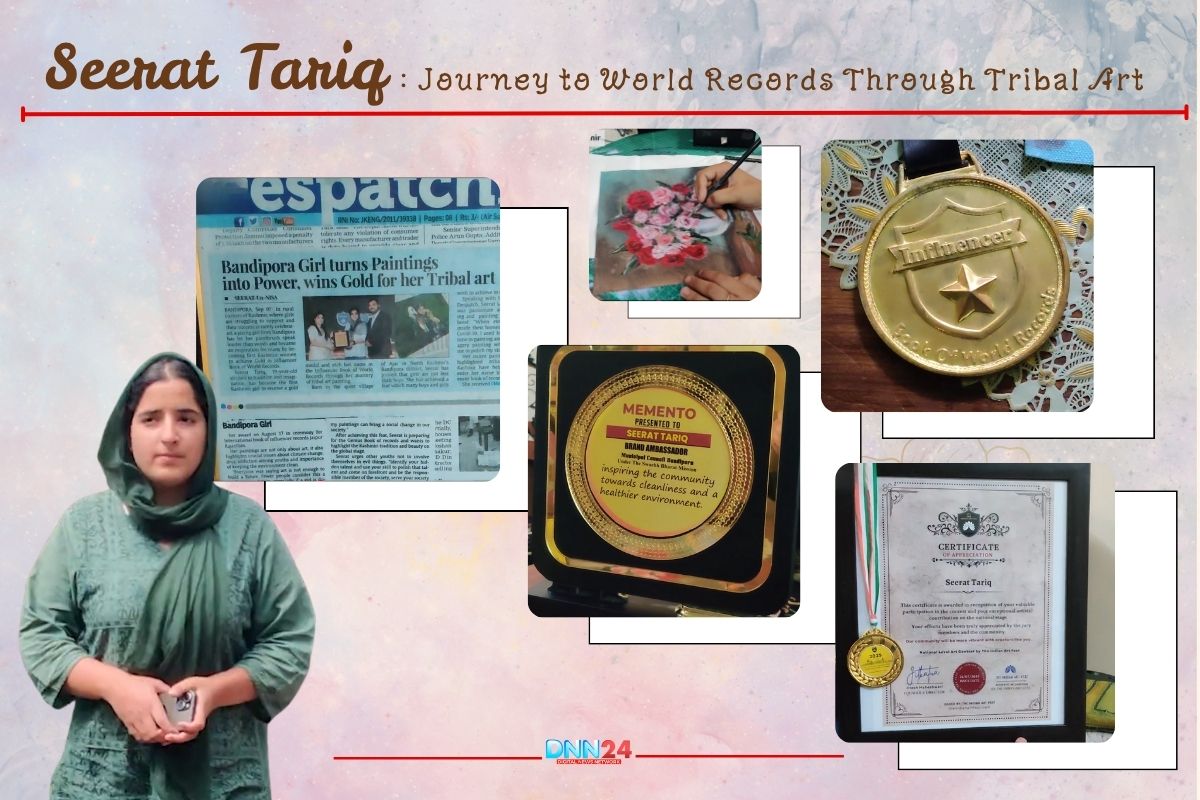When a young girl from Bandipora picks up a paintbrush, she does not just create art. She writes history. Seerat Tariq, a college student from the valleys of Kashmir, has accomplished what many spend lifetimes dreaming about. She became the first Kashmiri girl to win a gold medal in tribal art, securing her place in the Influencer Book of World Records. Her achievement stands as proof that talent, when combined with determination, knows no boundaries. In 2022, she created 104 paintings in just two days, setting a record for the India Book of Records.
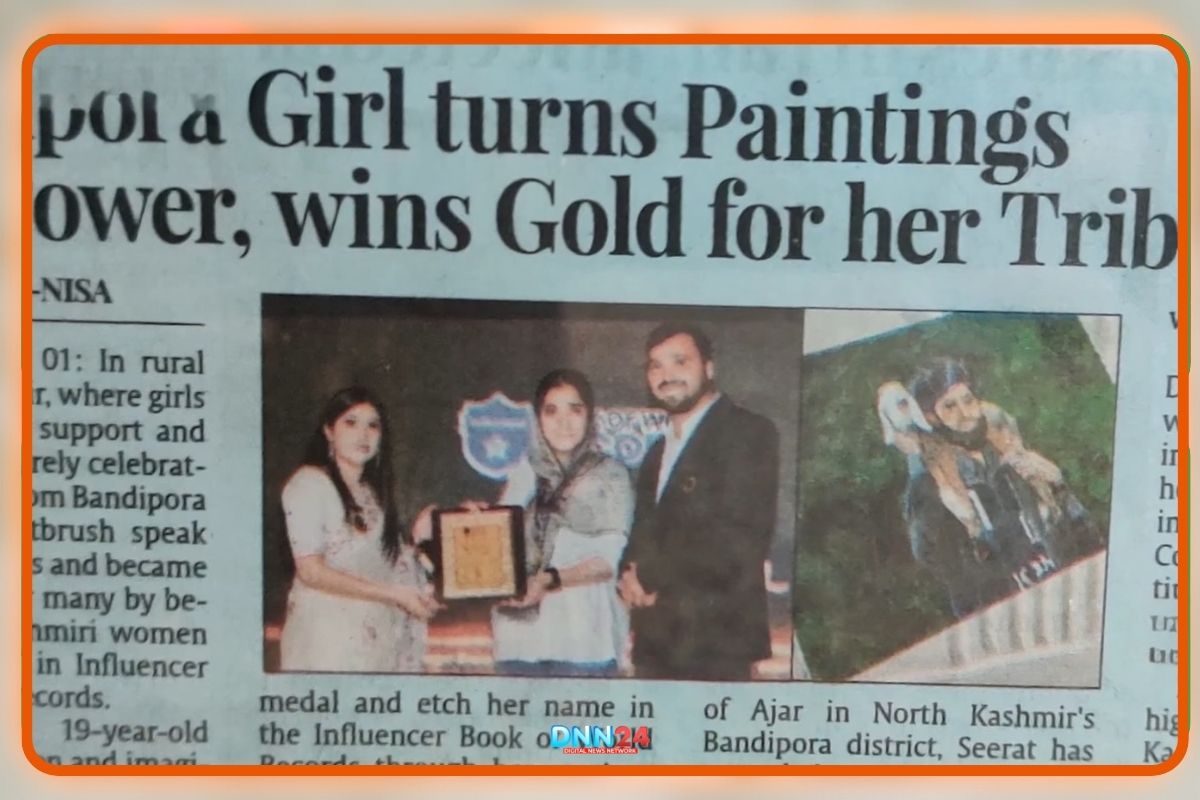
Her work does more than display artistic skill. It brings attention to Kashmir’s tribal communities and their rich cultural heritage, which often remains overlooked by mainstream recognition. Seerat’s story begins in a small town but spans continents, inspiring young artists everywhere to pursue their passions regardless of circumstances. Her paintings carry the colours of Kashmir’s tribal traditions, each stroke telling stories that deserve to be heard. This young artist has shown that recognition comes to those who work with purpose and stay true to their vision, even when others doubt them.
A Small Town Girl Who Created History
Seerat Tariq comes from Bandipora, a district in Kashmir known more for its natural beauty than its artists. Growing up in this quiet town, she discovered her love for colours and canvas at an early age. Her journey from classroom sketches to international recognition was made possible through consistent effort and genuine passion. The gold medal she won in tribal art represents more than personal success. It marks a turning point for Kashmiri artists, particularly young women who aim to make their mark in the creative fields.
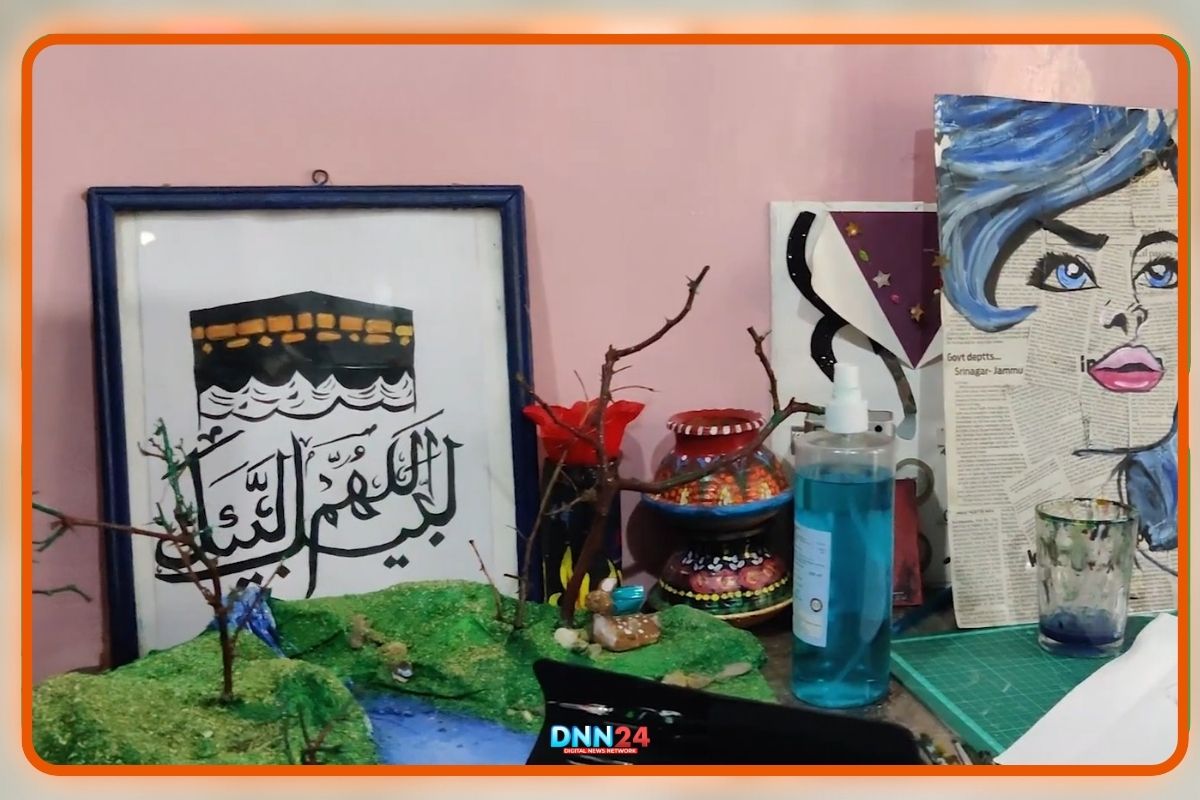
Seerat chose tribal art deliberately, not because it was popular but because she saw communities and traditions being overlooked. Her decision to focus on this particular art form came from a desire to give voice to the voiceless and visibility to the invisible. She wanted her work to serve a purpose beyond aesthetics. Through her paintings, she brings tribal culture to audiences who might not otherwise have the opportunity to encounter it. Her achievement matters because it opens doors for other young artists from Kashmir who previously had few role models to look up to in the international art scene.
The Day She Painted 104 Times
Creating one meaningful painting takes most artists days or weeks. Seerat Tariq created 104 of them in a single day. This remarkable feat earned her a place in the Influencer Book of World Records and demonstrated her exceptional dedication to her craft. Each painting in that collection captured different aspects of Kashmir’s tribal art and culture, showcasing traditions that have been passed down through generations but rarely received widespread attention. The paintings were not rushed or careless despite the time constraint. They maintained quality while meeting the incredible quantity requirement.
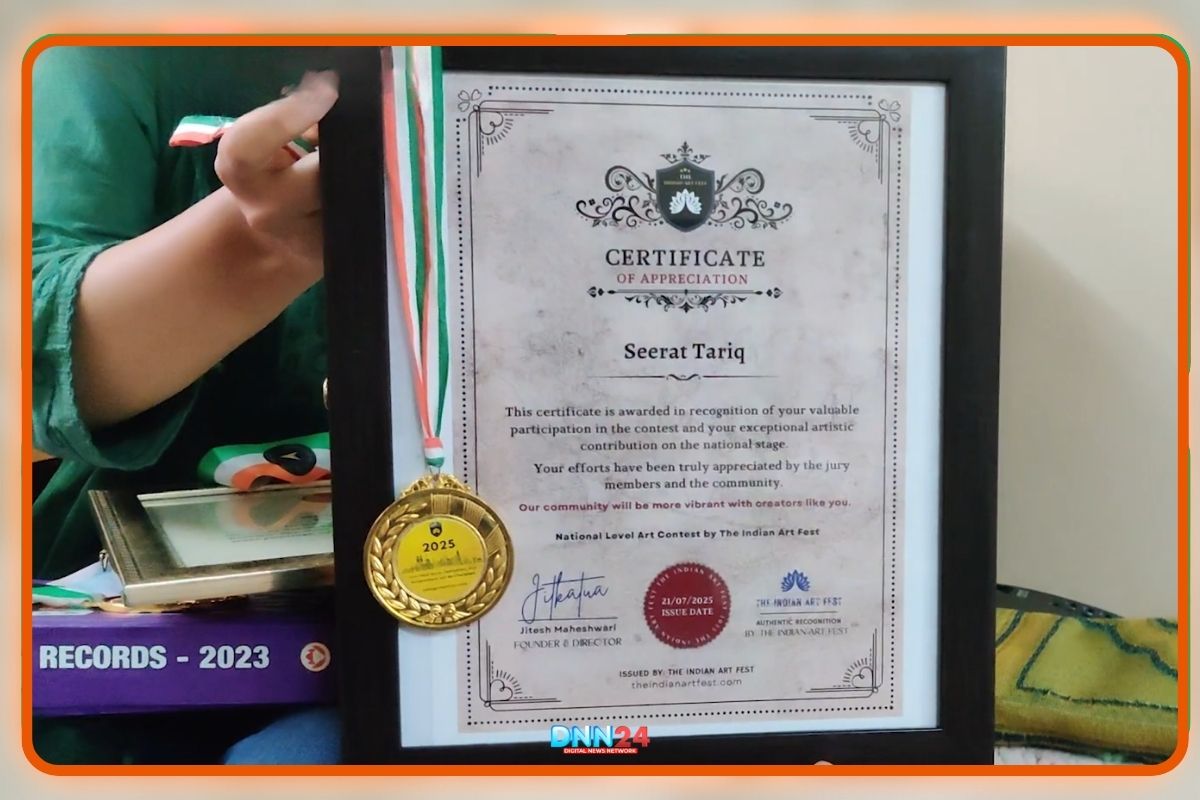
This achievement required not just artistic skill but physical stamina, mental focus, and careful planning. Seerat prepared thoroughly, organizing her materials and visualizing each piece before she began. The record stands as a testament to what becomes possible when preparation meets opportunity. Beyond the numbers, these 104 paintings served a larger mission. They served as ambassadors for tribal communities, sharing their stories and artistic traditions with people worldwide. Seerat has also received recognition from the Meme Asia Book of Records and won the India Passion Star Award, adding to her growing list of achievements.
Education and Early Artistic Development
Seerat completed her early education at the Army Good School in Bandipora, where she studied from nursery through tenth standard. She then attended Girls Higher Secondary School in Bandipora for her eleventh and twelfth standards. Currently, she is studying at the college level and has recently completed her second semester. Her educational journey ran parallel to her artistic development, with neither path overshadowing the other. She managed to excel in both academics and art, proving that passion projects can coexist with formal education. During her seventh standard, she found some extra time to devote to painting.
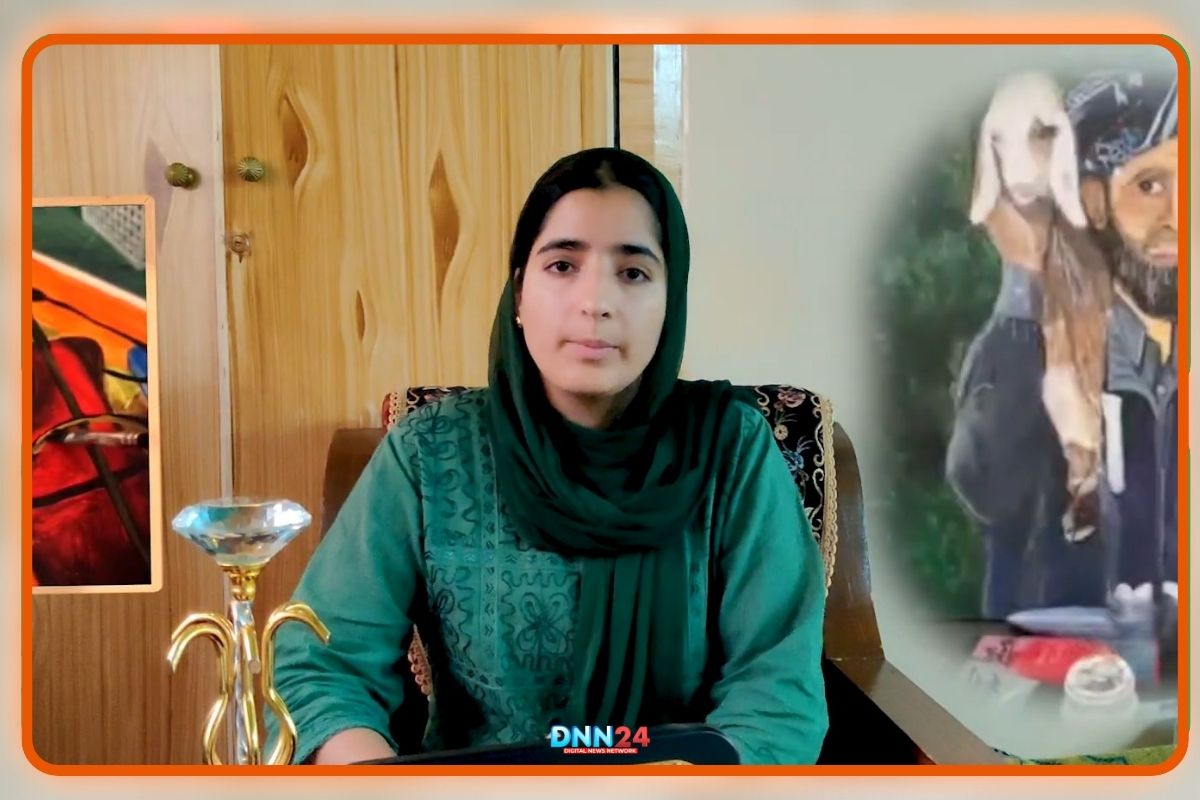
The period of COVID-19 lockdowns, though challenging for most, became an opportunity for Seerat to refine her skills and explore new techniques. She taught herself calligraphy and portrait painting during this time, expanding her artistic range. Initially, she focused on portraits, nature paintings, and calligraphy. These forms came naturally to her and earned appreciation from those around her. However, as she developed as an artist, she began to question the impact her work could have beyond personal expression. This questioning led her to tribal art, a field where she could combine artistic excellence with social purpose and cultural preservation.
Finding Purpose in Tribal Art
The shift from mainstream art forms to tribal art was not accidental for Seerat. She made a conscious choice after recognizing a gap in artistic representation. While many artists focused on popular subjects and commercial themes, few paid attention to the rich artistic traditions of tribal communities. Seerat saw this neglect and decided to address it through her work. She wanted her paintings to do more than hang on walls. She wanted them to create awareness, generate conversations, and provide a platform for marginalized communities.
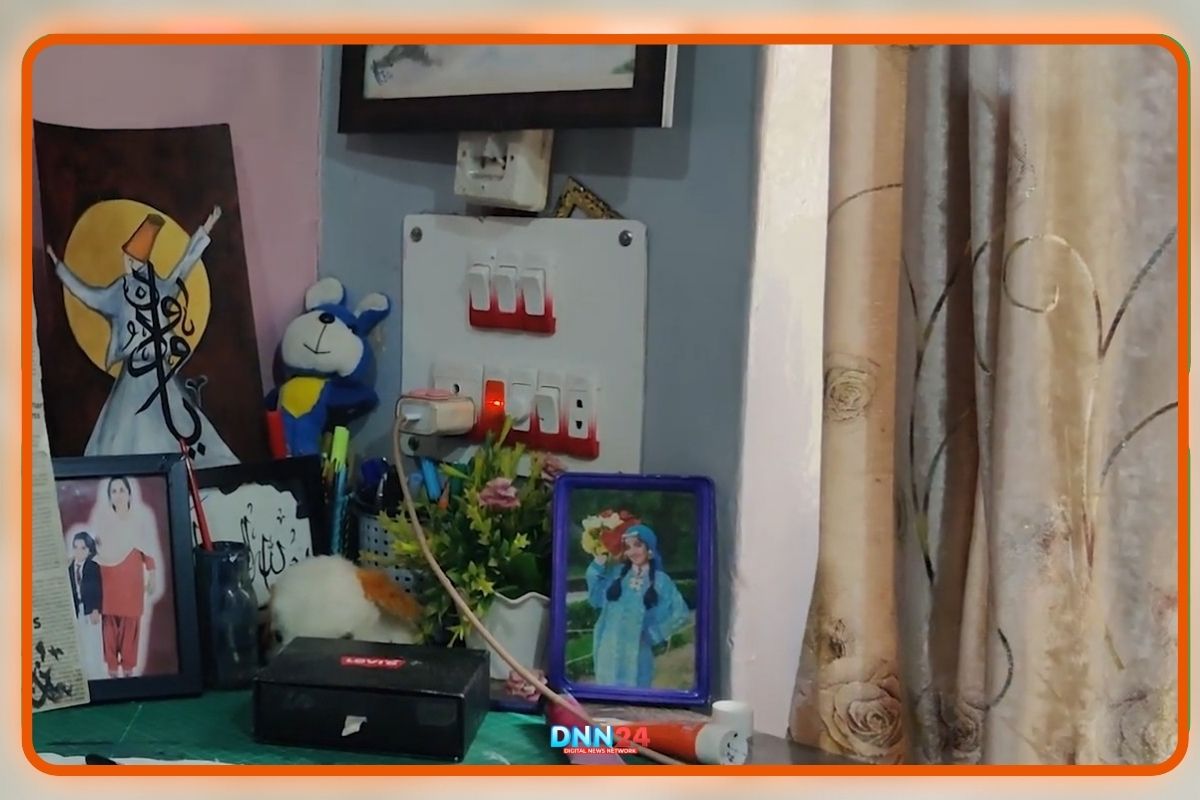
Tribal art embodies the history, beliefs, and daily lives of communities that mainstream society often overlooks. By focusing on this art form, Seerat gives these communities the visibility they rarely receive. Her paintings document traditions that might otherwise be lost as younger generations move away from ancestral practices. Each piece she creates serves as both art and archive, preserving cultural knowledge while making it accessible to contemporary audiences. Her work challenges viewers to look beyond stereotypes and appreciate the depth and sophistication of tribal artistic traditions. Through exhibitions and social media, she ensures that tribal art reaches people who might never visit tribal regions themselves.
Facing Doubt and Finding Support
Every successful person faces critics, and Seerat was no exception. When she first announced her intention to pursue art seriously, many people dismissed it as impractical. They told her that painting had no future and advised her to focus solely on conventional studies. Some believed art was merely a hobby, not a viable career path. These voices could have discouraged a less determined person. Seerat faced these doubts throughout her journey, even after achieving her first significant recognition. When she set the India Book of Records, skeptics suggested the award would simply gather dust at home, implying it had no real value or impact.
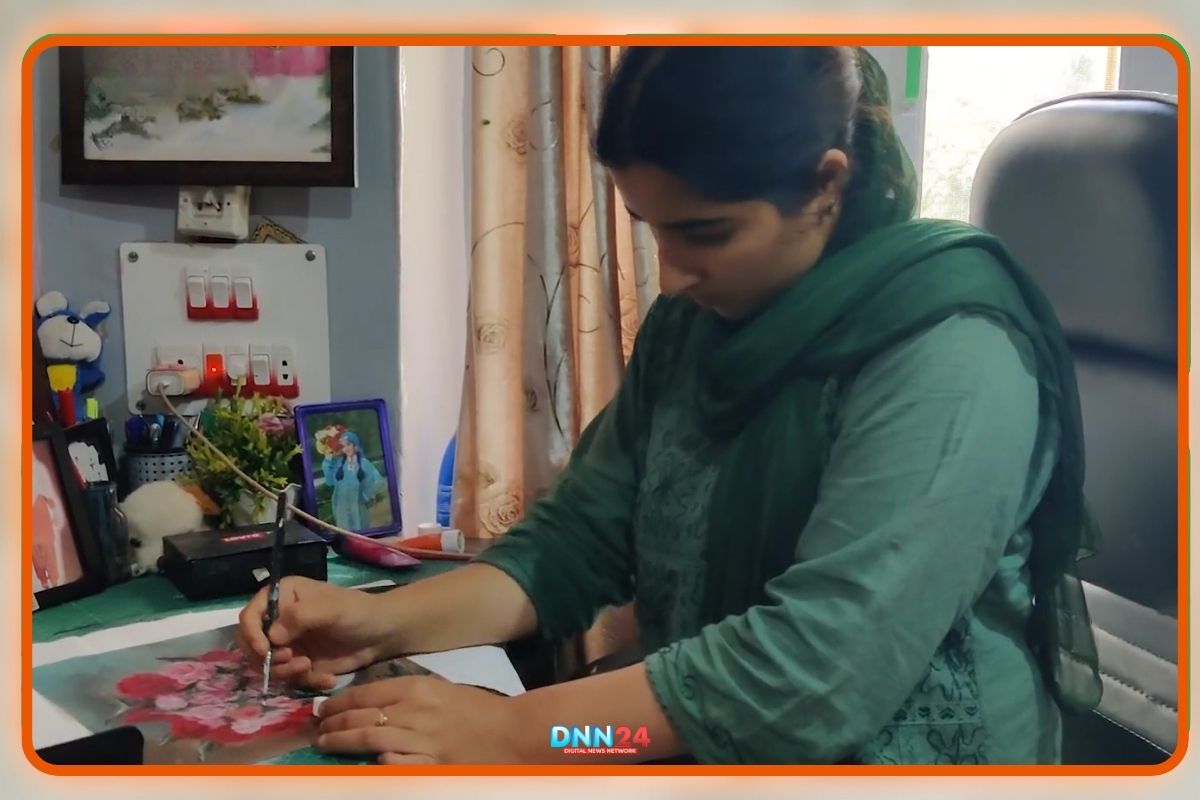
However, Seerat had two crucial advantages. First, she possessed an unwavering belief in her own vision and capabilities. Second, and perhaps more importantly, her parents stood firmly behind her choices. While others questioned her path, her mother and father encouraged her artistic pursuits and helped her balance art with academics. This family support provided the foundation she needed to keep working toward her goals despite external criticism. Gradually, as her achievements accumulated and recognition grew, the narrative changed. Those who once dismissed her work now praise it. Some even encourage their own children to explore artistic careers, using Seerat as an example of what dedication and talent can achieve.
A Message for Young Dreamers
Seerat’s advice to aspiring artists comes from lived experience rather than theory. She tells young people interested in painting, art, or calligraphy to pursue their talents seriously. She acknowledges that the beginning will bring difficulties and challenges. Not everyone will initially understand or support artistic ambitions. Financial stability may seem uncertain, and progress might feel slow. However, she emphasizes that hard work combined with patience can turn any dream into reality. She speaks directly to those who lack support systems, telling them not to abandon their aspirations even when encouragement is absent.
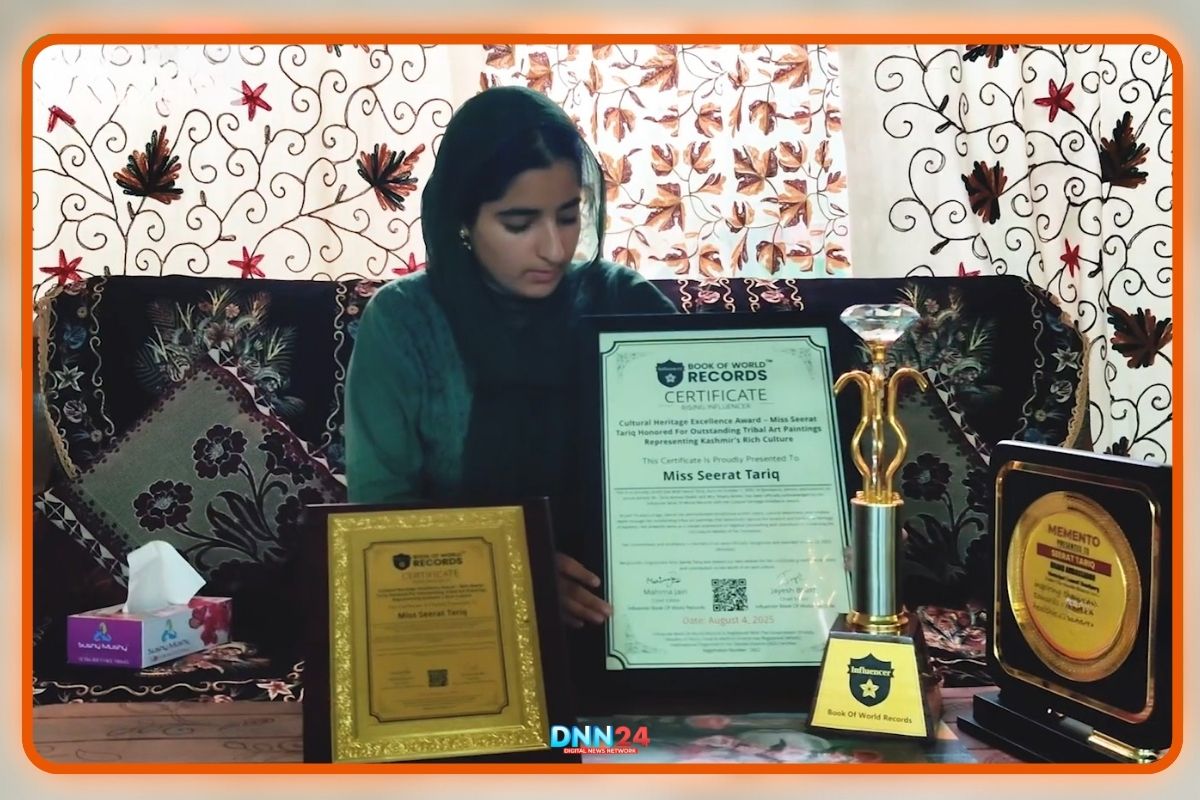
Keep working on your passion consistently, she advises, and gradually build your talent and confidence. Success rarely arrives overnight, but it does come for those who persist. She encourages young artists to continually develop their skills, learn from criticism, and stay focused on long-term goals rather than seeking immediate validation. Her own journey proves that recognition eventually comes to those who consistently produce high-quality work. She wants young people to understand that their background, location, or current circumstances do not determine their potential. A girl from Bandipora achieved international recognition through dedication and focus, and others can follow a similar path in their own fields of passion.
Art as Social Commentary
For Seerat, painting transcends mere aesthetic appeal. Her work carries social purpose and cultural significance. She deliberately uses her platform to draw attention to tribal communities that remain marginalized in mainstream discourse. Through her art, she highlights their traditions, craftsmanship, and way of life. She wants viewers to see these communities not as exotic subjects but as keepers of valuable cultural knowledge that deserves respect and preservation. Her paintings challenge the hierarchies that place certain art forms above others.
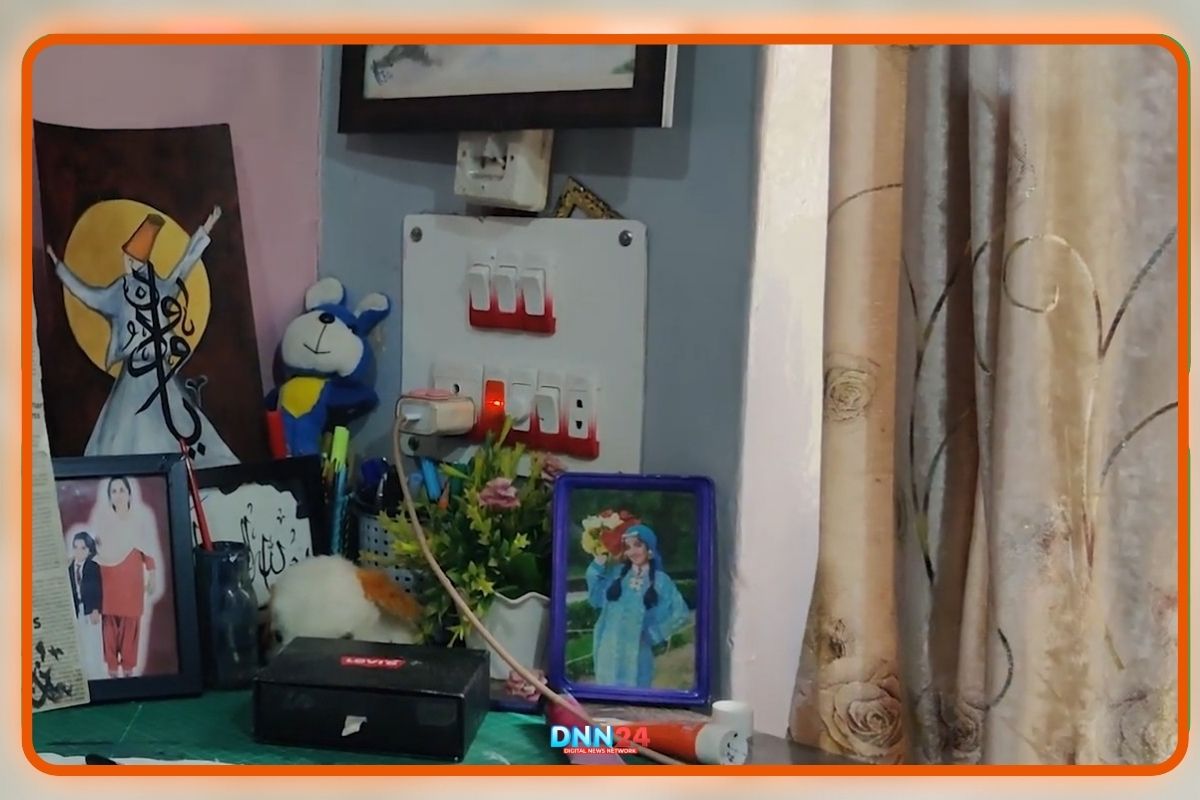
Tribal art, often dismissed as primitive or unsophisticated, reveals remarkable complexity and meaning when given proper attention. Seerat’s work demonstrates this sophistication and asks audiences to reconsider their assumptions. She hopes her success will create opportunities for tribal artists themselves to gain recognition for their work. By bringing tribal art to national and international stages, she opens doors that were previously closed to these artists. Her ultimate goal extends beyond personal achievement to community empowerment and the preservation of cultural heritage for future generations.
Also Read: Abdul Khaliq Reshi and Kashmir’s Grape Paradise: Sweet Legacy of Repora
You can connect with DNN24 on Facebook, Twitter, and Instagram and subscribe to our YouTube channel.

